Paper boxes are products that are often used for packaging. These boxes are designed to contain, protect, display, or carry a variety of merchandise in industrial and consumer environments. They are widely used in a variety of industries, including food and beverage, retail, electronics, and more. In this guide, we will introduce you to the classification, advantages, and other related knowledge of Paper boxes in the packaging industry. Read on to learn more.
1. How are paper boxes classified?
Paper boxes are divided into many groups, divided by factors such as product use, purpose, and material. There are some popular types of paper box packaging.
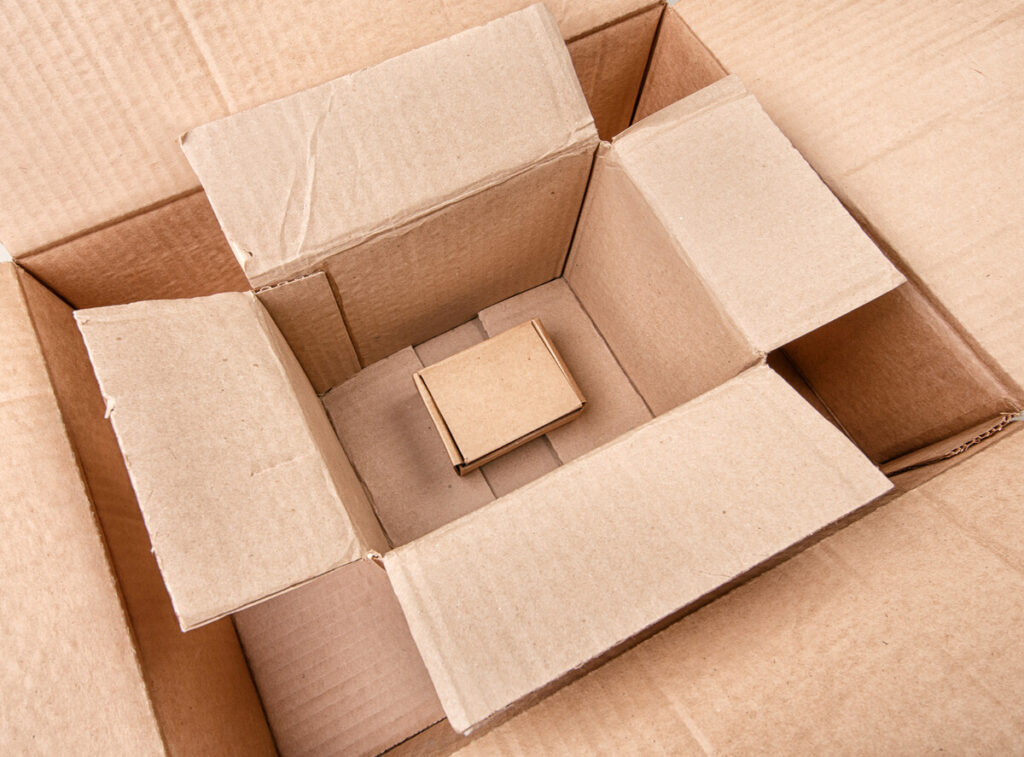
1) According to the purpose
Packaging must adapt to its most basic functionality depending on where it is used. Therefore, Paper boxes can be divided into two types: inner packaging and outer packaging.
- Inner packaging: The packaging layer is in direct contact with the product and therefore has the greatest impact on storage. This kind of packaging is usually sold at the price of the product.
- Outer packaging: This layer ensures that the quality and quantity of the contents inside are fully protected. The outer packaging is usually sturdy and strong in structure to protect the product during transportation and storage.
2) According to the number of uses
- Non-reusable packaging: This type is used only once and cannot be reused. Some standard examples include paper kits (paper cups, paper cutlery, and paper straws…) or paper party decorations (confetti and paper flags…)
- Reusable packaging: Packaging products can be reused multiple times, especially hard boxes for household appliances and electrical equipment.
3) According to the material
Common paper types used in the production of Paper boxes include:
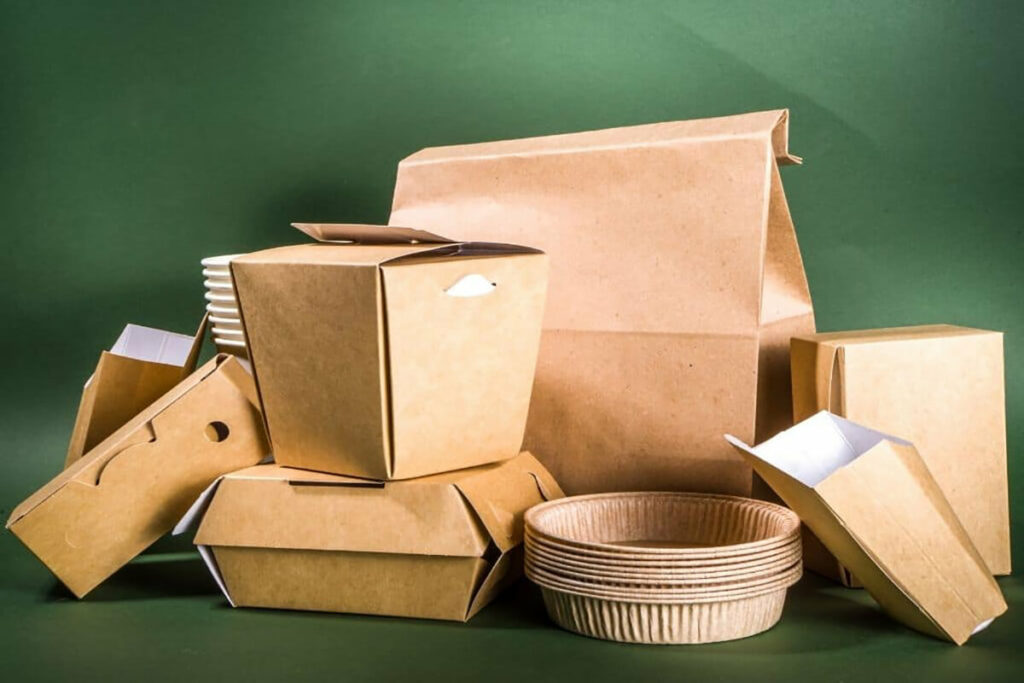
- Kraft paper
It is made from unbleached softwood pulp. It consists of two main types: virgin kraft paper and recycled kraft paper. Paper boxes made of kraft paper are environmentally friendly, cost-saving, and simple. Furthermore, this material is suitable for handcrafted and top-quality product lines, including cosmetics and gift items…
- paper layer
Compared with kraft paper, Couche paper is more advanced and has the outstanding characteristics of high smoothness and softness without causing glare. It is often used in the production process of cosmetic or pharmaceutical packaging.
- double sided paper
Outstanding features of the paper include:
– High stiffness
– Two different sides: light and dark
The cost is relatively cheap, suitable for the best price of finished products. In addition, many other materials such as ivory paper, Briston paper, and art paper… can be combined with corrugated paper types such as A, B, C, E, F, and AB…
2. 3 common box types in the packaging field
In the world of packaging, many people are confused by all the different types of boxes and the interchangeable terms used to describe them – folding cartons, rigid boxes, assembled boxes, cardboard boxes, corrugated boxes, paperboard boxes, etc. There are basically three types of boxes commonly found in packaging. All are made from paper pulp of varying thicknesses and a professional cardboard box making machine.
1) Folding carton
Folding cartons (also called paperboard boxes or paperboard boxes) are some of the most common types of boxes you’ll see in retail stores. Think of a typical cereal box – it’s a folding paper box.
2) Hard box
Rigid boxes (also called assembled boxes) are sturdier and won’t fold or collapse like folding cartons. They are often (but not always) used for high-end products where perceived value is important. They are also used when the product inside is heavy and requires additional support. An iPhone case is an example of a rigid case. High-end shoe stores will use hard boxes.
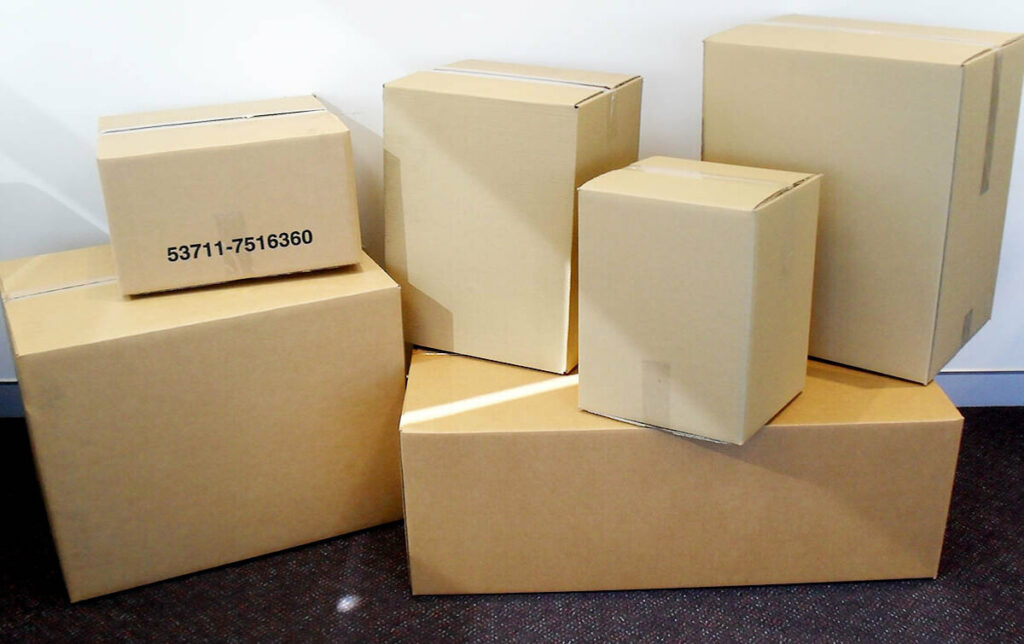
3) Corrugated boxes
Corrugated boxes (also known as corrugated cardboard, corrugated fibreboard, or modular board) are what you typically call brown cardboard boxes that you use to pack your belongings when you move to a new house, for example. Corrugated fiberboard usually has three layers. A corrugated or grooved layer sandwiched between two outer flat layers. The fluted layer is where the paper product’s strength lies. In packaging, corrugated boxes are often referred to as “shipping boxes” or “master packaging” and are primarily used to ship a company’s retail products to stores across the country/world. Corrugated paper is also commonly used as primary retail packaging, in the same way that folding cartons are used.
To summarize, most consumer products will use all or most of the above types of boxes when a single product is shipped from the manufacturer to store shelves.
These 3 common boxes are made of paper pulp of different thicknesses.
1. Folding carton (also called cardboard box, cardboard box ) (for example cereal box)
2. Rigid box (also called setup box ) (for example iPhone box, jewelry box)
3. Corrugated boxes (also known as corrugated fiberboard, shipping boxes, and cardboard boxes ) are used in shipping and retail environments.
3. Advantages of paper boxes
Paper box packaging has several advantages over other types of packaging such as plastic and nylon.
1) Environmentally friendly and easy to recycle
If a nylon bag takes decades to break down, paper boxes and bags will break down in a matter of months. As a result, this increases the pollution of water and soil environments. In addition, paper can be recycled up to 6 times before being buried or disposed of, so the amount of solid waste is also quite limited.
In addition, we can also use paper box packaging products to create interesting things after use, such as pencil boxes, paper houses, paper paintings, etc.
2) Boxed packaging – improve user-friendliness
Paper box supports the movement of companies to protect the living environment. If packed in paper boxes, your product will become more high-end and reliable. Therefore, when customers first come into contact with your product, it plays a crucial role in their decision-making.
According to the 2019 Vietnam Report survey, more than 34% of respondents believe that packaging materials (biological, biodegradable…) play a vital role. This survey reveals the level of consumer interest in using product packaging. Therefore, the best way to increase customer empathy is to apply green packaging, that is, environmentally friendly types such as paper boxes and paper bags.
3) Ornamental
When developing and printing, many packaging manufacturers focus too much on whether the packaging looks good and whether it can attract the attention of customer groups, but they ignore the actual use of the packaging itself. If the packaging quality is not good, it will easily cause damage to the product. The appearance design of the packaging is like the clothes of the product. With packaging, the expressiveness of the product is improved. The paper box not only has a variety of materials to choose from, but The craftsmanship of paper boxes is also extensive and profound and can be studied, giving people a strong appreciation.
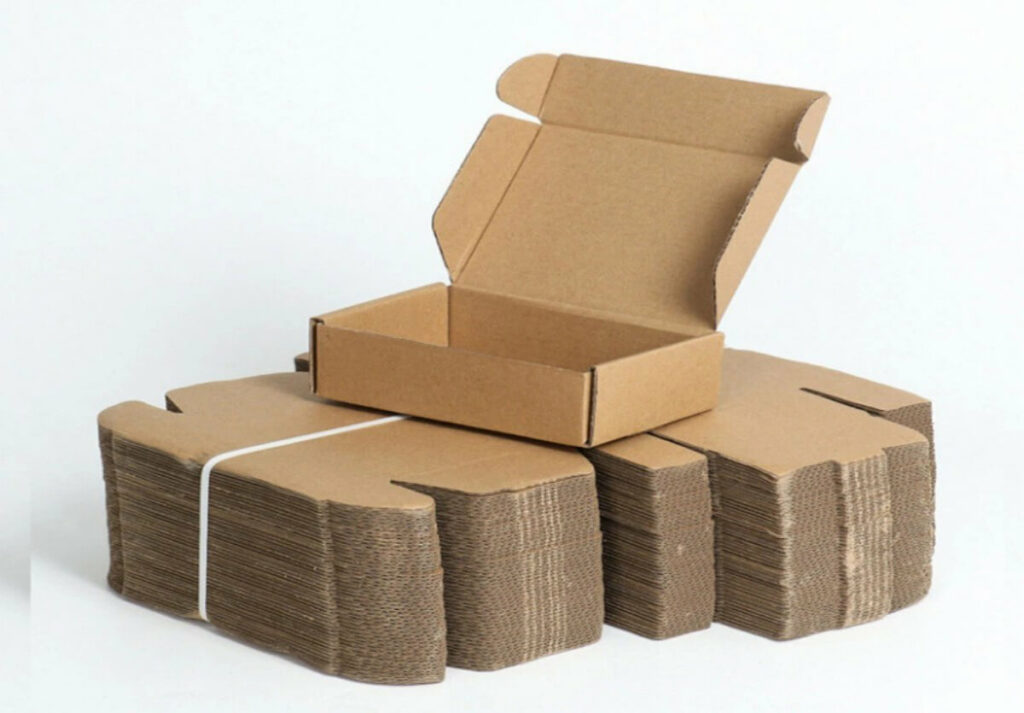
4) Waterproof type
If it is a product such as clothing, perfect packaging should protect the product. Use paper box packaging to better protect the product from collision damage and have better preservation. The paper box can be coated with film. It is waterproof and reduces wrinkles.
5) Color variability
Multi-color printing is used on the surface of the paper box, and various patterns can be customized according to customer requirements. Various styles such as retro style, elegant and natural, pure natural green and environmentally friendly style, luxurious red, calm and dignified black. Paper boxes are the way most people present their products in modern times. Clothing products combined with paper box packaging make the overall look much taller. Moreover, if you find it highly attractive after use, you can fold it up and recycle it, which also reduces the space occupied. .
At the same time, paper box packaging also has some disadvantages.
- Strength has limitations. If wood or other solid objects are not used for reinforcement, the weight of the contents of the paper box (except honeycomb cardboard) should not exceed 55kg.
- Poor moisture resistance and water resistance. After the corrugated box absorbs water, its strength will drop rapidly, and in severe cases, it will cause the box to break. This is a problem that should be paid attention to during design and use. Adding a moisture-proof agent to the surface of the top paper (inner paper) (can be added during corrugated molding before printing, or after printing) can appropriately improve the moisture resistance of the paper box.
4. Tips for making paper box surface effects
In addition to leaving an impression on customers, the surface effect of making paper boxes can also improve the aesthetics and product value.
1) Stamping and embossing
A technology popular for its unique, eye-catching, and special effects in the production of paper boxes. In addition, many other types of packaging often use this technology in the production process, such as business cards, gift boxes, books, notebooks, and expensive paper bags…
2) Press the needle into the paper box
In this method, the energy generated by heat and pressure of thin metal is used to form letters, logos, or patterns. It is often used in many top product paper boxes, such as wine, watches, jewelry, and mobile phones…which include various colors for you to decide, such as gold, silver, red, and green…
3) Laminate glossy mask and matte mask
This method is entirely carried out with the packaging surface covered with a polymer layer. We have two methods: glossy lamination and matte lamination. This will help protect the surface of the paper box from being scratched during transportation, storage, and display. Lamination is commonly used to create boxes for clothing, fashion, and accessories.
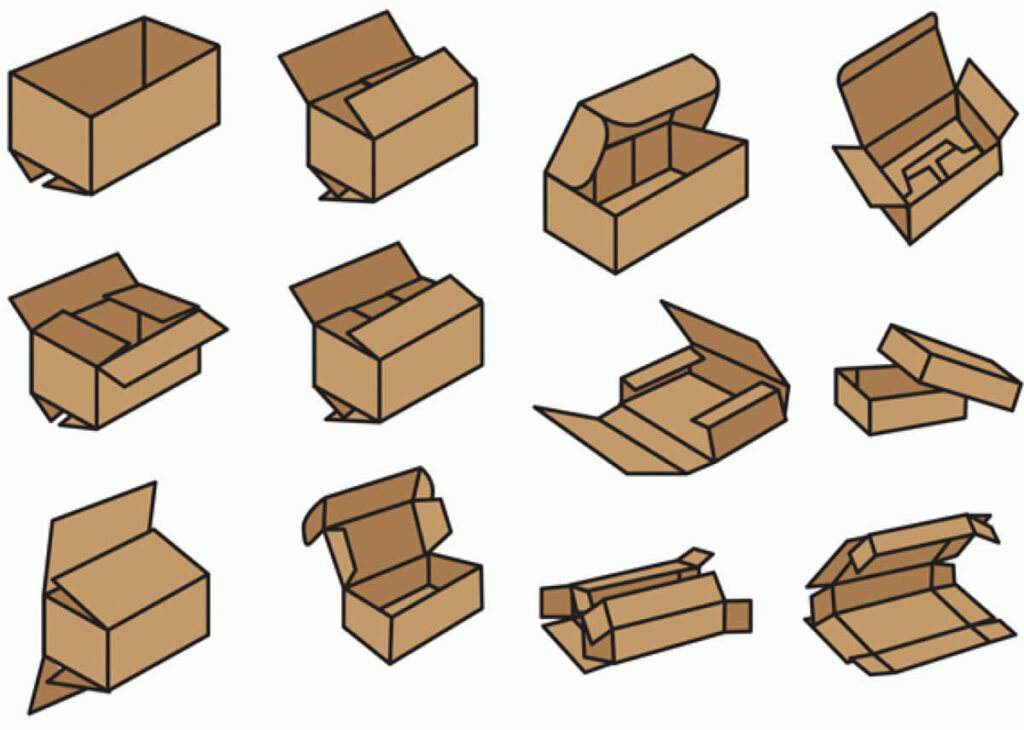
4) Apply UV, varnish, and IR layers
The surface details of the paper box are coated with UV, Varnish, and IR layers, which are particularly eye-catching in the sun. Therefore, this printing technology is often adopted to create eye-catching and prominent features for cosmetics, pharmaceuticals, functional foods, etc.
5) Die-cut paper box
This method uses available molds to create custom shapes on simple paper boxes, pop-ups, or 3D. Therefore, we need to combine other factors such as purpose of use, product, design, cost, and safety certification with a reputable packaging company to achieve a high-quality product.
5. Conclusion
This guide summarizes the classification of paper boxes, the advantages and disadvantages of paper box packaging, and techniques for making paper box surfaces. I hope that after reading this article you can choose the appropriate paper box packaging for your product. If you have any other questions, please contact Hopakpackaging.

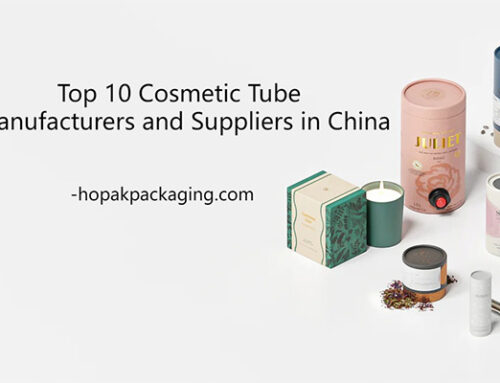
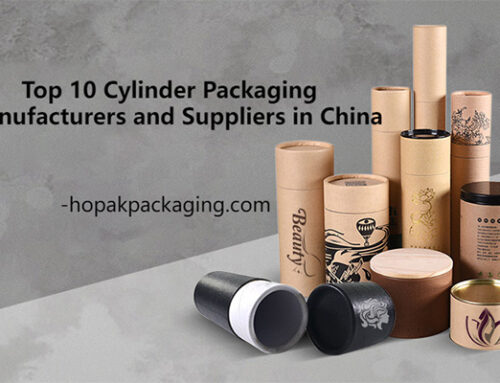
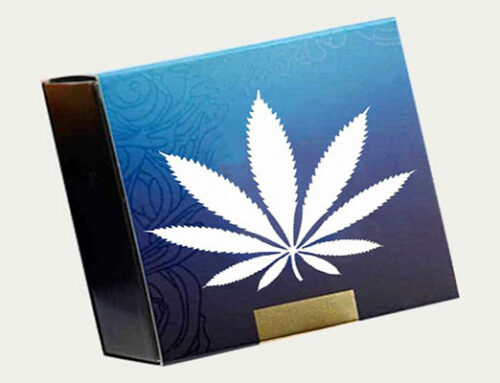
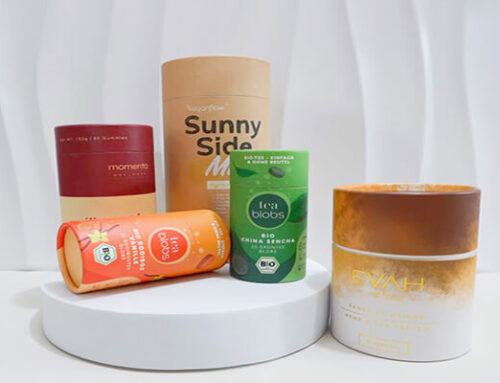
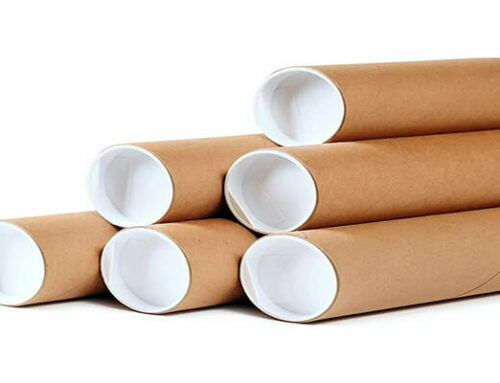
Leave A Comment